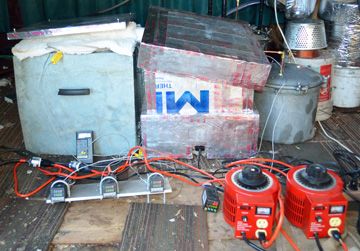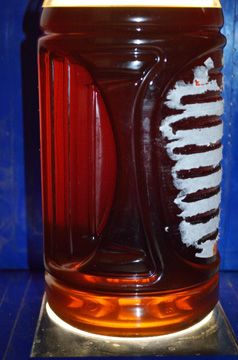Originally posted by waterboost
View Post
I think it is rather uncommon but then again all it takes is one good thump and things could go really wrong fast..
It happened when i was just burning off the gas into the open air during a test run. I was using a 20gal air compressor tank for the bubbler at the time, with a 3/4 rubber fuel line coming out of it. I had the rubber hose stuck through a hole in the bottom of a 1 gallon paint can with no lid to catch/contain the flame for a better cleaner burn, it was about 20 feet away. I was busy watching everything else and fiddling around with things and not paying attention to the flame, As the retort ran out of plastic the pressure must have dropped out to zero gas movement and the flame sucked up the hose.. it sounded like a big model rocket engine thrust and then a dull thump in the bubbler..It pushed about 2 gallons of water back up into my 2nd condenser..fortunately nothing else happened. If the air/gas mixture had been better I don't know what would have happened but it may have not ended well..
So..from my experience it can happen, uncommon yes, But probably only when the pressure drops out to zero at the end of a run if your not paying attention.


 I am aware that if you see this tech for the first time it might be confusing, but that is why I am here, to answer questions
I am aware that if you see this tech for the first time it might be confusing, but that is why I am here, to answer questions 






Comment